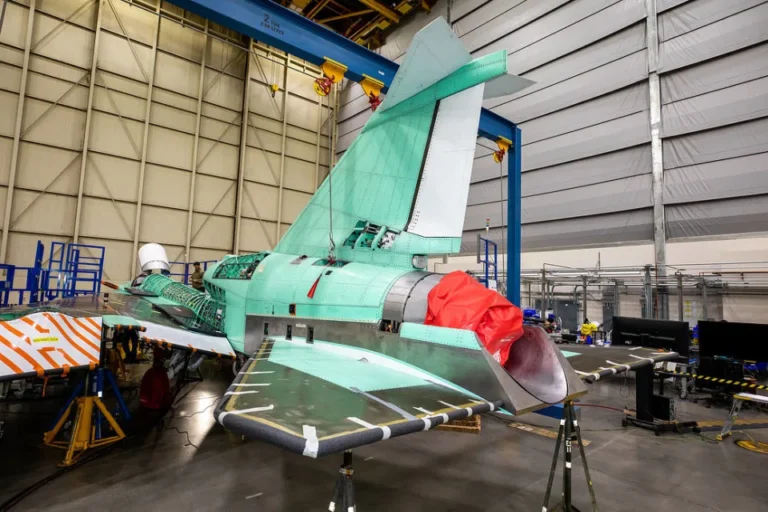The X-59 aircraft is made to sound almost silent when in flight.
It is planned that the flying test of the X-59 Quesst supersonic commercial jet, which is being created by Lockheed Martin and is being developed by NASA, would be livestreamed in order to demonstrate how silent it can be while in the air. It is expected that the $247.5 million Quesst, which is an abbreviation for Quiet SuperSonic Technology, will be displayed on the livestream as it emerges from the Skunk Works site in Palmdale, California, which is owned and operated by Lockheed Martin. Since 2018, NASA has been conducting a mission to demonstrate that its X-59 aircraft is capable of flying over urban areas without causing any noise pollution or sonic booms. In a project that has been going on for six years, this test flight represents a significant milestone.
On January 12 at four o’clock Eastern Time, the first flight will be broadcast live on YouTube, where it will also be available on the NASA app and the NASA+ streaming service.
The space agency has stated that it will conduct a poll to inquire about the noises that individuals detect coming from the jet during the initial flight. There was no indication of how it would locate these individuals or the number of persons that it would survey. A new set of regulations that restrict the use of supersonic jets will be proposed with the assistance of the data that was collected and forwarded to the regulatory bodies. Over the course of more than half a century, the federal government of the United States has prohibited all supersonic civilian jets from flying over land.
Jim Bridenstine, the administrator of the National Aeronautics and Space Administration, stated that “this aircraft has the potential to transform aviation in the United States” when the agency originally unveiled its quiet supersonic technology project in 2018. In spite of the fact that the jet was planned to make its maiden voyage in 2021, the premiere that took place today is nevertheless a significant milestone in the QueSST programme. NASA anticipates having more conclusive findings by the year 2027 about the effectiveness of the new aircraft technology in lowering the amount of noise that is produced during flight.
In the event that new rules are ever enacted that make it possible for supersonic jet aircraft to fly in close proximity to land, the introduction of high-speed commercial flights might become a reality. Following the completion of the completion of the aircraft’s development by NASA and Lockheed Martin, the agency has stated that it will conduct safety evaluations for approximately nine months. The National Aeronautics and Space Administration (NASA) intends to expand its flying tests to cities across the United States and collect additional information on the noise that the Quesst aircraft creates through additional surveys until sufficient evidence has been presented to demonstrate that the aircraft can be flown safely.

